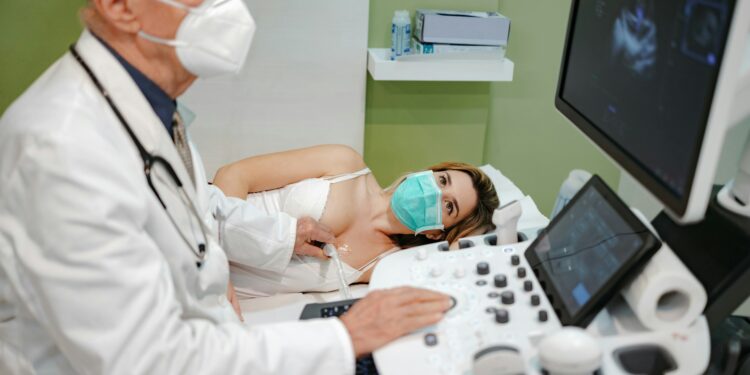Do We Need Advanced Screenings?
Advanced screening for cancers and autoimmune conditions is a cornerstone of modern medicine, playing a crucial role in early detection and treatment. These screenings, integral to healthcare policy and healthcare system management, offer significant benefits by identifying potential health issues before symptoms appear, thereby increasing the chances of successful intervention and improved outcomes.
The Importance of Early Detection
One of the key benefits of advanced screening is the ability to detect diseases at an early stage when treatment is often more effective. For example, early detection of cancer can lead to a higher likelihood of successful treatment and improved survival rates. Similarly, for autoimmune conditions, early identification can help manage symptoms and prevent disease progression.
Probability-adjusted risk likelihood ratios, a healthcare innovation, are also essential in advanced screening as they provide a more accurate assessment of an individual’s risk of developing a particular condition. By considering factors such as age, family history, and lifestyle choices, these ratios can help healthcare professionals tailor screening protocols to each individual, optimizing healthcare insurance utilization and improving patient outcomes.
Reducing Healthcare Costs Through Advanced Screening
Advanced screening can also help reduce healthcare costs in the long run. By identifying and treating conditions early on, the need for costly and invasive procedures may be minimized, benefiting both healthcare insurance providers and individuals. Preventing the progression of diseases can also reduce healthcare expenditures associated with managing chronic conditions.
One notable example of advanced screening that has had a significant impact is cervical cancer screening through the Pap smear test. This test can detect pre-cancerous changes in the cervix, allowing for early treatment and prevention of cervical cancer. As a result, the incidence of cervical cancer has declined significantly in countries where Pap smear screening programs have been implemented.
Examples of Successful Advanced Screenings
Mammography screening for breast cancer is another example. Mammograms can detect breast cancer at an early stage when it is most treatable, leading to improved outcomes and a reduction in mortality rates. Regular screening has helped identify breast cancer in its early stages, allowing for timely treatment and ultimately reducing the incidence of advanced-stage breast cancer cases.
Colorectal cancer screening is also an important example of advanced screening that has helped reduce disease incidence. Tests such as colonoscopies and fecal occult blood tests can detect pre-cancerous polyps or early-stage colorectal cancer, leading to early treatment and prevention of disease progression. Screening programs for colorectal cancer have contributed to a decrease in both the incidence and mortality rates associated with this type of cancer.
The Role of Likelihood Ratios in Clinical Decision-Making
A key factor in preventive screenings is determining the likelihood that a given test benefits the patient. Specifically, does the outcome of a test affect clinical decision-making or patient behavior? To answer this, we must understand the concept of likelihood ratios.
Likelihood ratios are essential tools in clinical decision-making, particularly in assessing the probability-adjusted clinical outcomes of different treatment options. These ratios provide valuable information about the accuracy of a diagnostic test or the effectiveness of a particular treatment, helping healthcare providers make informed decisions about patient care.
In medicine, likelihood ratios are used to determine the probability of a particular outcome based on diagnostic test results. By comparing the likelihood of a positive test result in patients with a particular condition to the likelihood of a positive result in patients without the condition, healthcare providers can evaluate the diagnostic value of the test. This information allows them to adjust the probability of a true positive or true negative result, improving the accuracy of diagnostic decisions.
Assessing Treatment Effectiveness with Likelihood Ratios
Likelihood ratios also play a crucial role in assessing the effectiveness of different treatment options. By comparing the likelihood of a positive clinical outcome in patients receiving a specific treatment to those not receiving it, healthcare providers can determine the clinical utility of the intervention. This information is vital for guiding treatment decisions and ensuring patients receive the most appropriate care based on probability-adjusted clinical outcomes.
Likelihood ratios offer valuable insights into the accuracy of diagnostic tests and the effectiveness of treatment options, aiding healthcare providers in making informed decisions about patient care. By incorporating probability-adjusted clinical outcomes data into the decision-making process, healthcare providers can improve care quality and achieve better patient outcomes. More importantly, they can determine whether certain advanced screening tests hold clinical utility.















